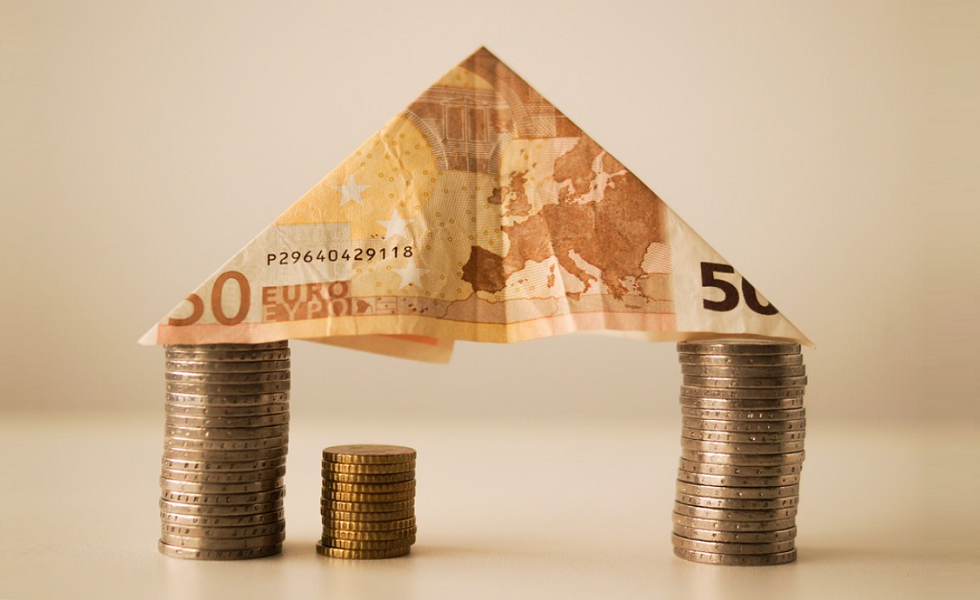La Française: Price pressure and influencing factors

More generally speaking, the European real estate market has been hit by the counter effects of the restrictive monetary policy put in place in an effort to bridle galloping inflation. The Ukraine and Russia war is just one of the factors contributing to inflation (higher commodity prices - food, energy), but not the only reason.
Even prior to the Ukraine invasion, inflationary pressures were building up. Historically high government spending plans during the Covid crisis to support economic growth led to massive excess savings and very high employment ratios across the globe. And once the world reopened, the excess savings led to a demand chock which in turn led to inflation.
For the European commercial real estate market, the increase in risk-free interest rates translated naturally into higher real estate yields, which to some extent were compensated by the indexation of rents on inflation (as is the case in many European countries referencing commercial real estate).
In Europe, the volume of commercial real estate investment over the year 2022 totaled nearly € 245 billion at the end of December 2022. Investment volume is down slightly (-4%) year-on-year due to a particularly sluggish 4Q. Indeed, investors showed a marked wait-and-see attitude, due to a lack of convergence between sellers and buyers on prices, particularly for asset classes where yields were the lowest.
However, the decline in overall investment volume in Europe conceals contrasting trends by country: the significant decline in Germany (-17%) and the United Kingdom (-5%) masks a slight increase in volume in France (+2%) and more pronounced increases in Belgium (+115%), Spain (+35%) and Ireland (+20%).
Additionally, given the higher cost of financing, debt investors have been driven out of the market, creating opportunities for equity investors.
